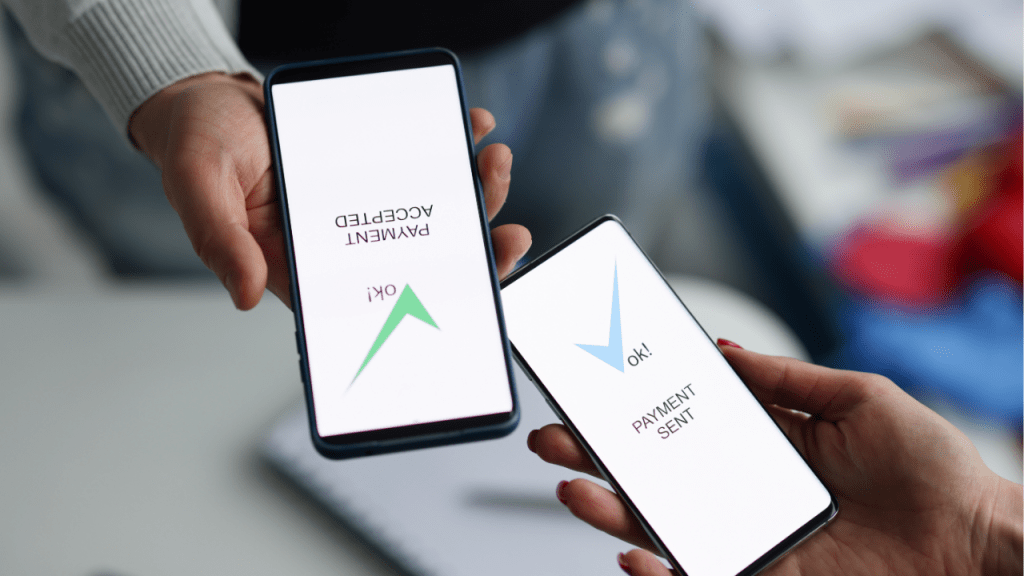For millions of Non-Resident Indians (NRIs) living in the United States, remitting money to India is more than just a financial transaction—it’s a bridge that connects families, traditions, and long-term investments. Whether it’s supporting a child’s education, taking care of medical expenses for parents, or investing in property, remittances play a crucial role in maintaining ties with India.
But how does remittance work for NRIs in the US? What methods are the safest and fastest? Are there hidden fees or regulations to worry about? This comprehensive guide answers these questions and offers strategic tips to make your money transfers seamless, secure, and cost-effective.
In this Article
What is Remittance and Why Does it Matter for NRIs?
Remittance refers to the transfer of money from one country to another, often by expatriates sending earnings back home. For NRIs in the US, these transactions are a vital means of supporting families and making long-term investments in India. These could be regular monthly contributions for household expenses or larger sums meant for real estate purchases, medical emergencies, or financial planning.
Popular Methods to Send Remittance from the US to India
Choosing the right method depends on your urgency, transaction size, and personal preferences. Here’s a breakdown of the most commonly used options:
Must Read: How to Use PayPal in India: A Powerful Tool for Global Payments
1. Bank Transfers
- ACH (Automated Clearing House): Ideal for non-urgent transfers. Takes 3–5 business days.
- Wire Transfers: Quicker, usually completed within 1–2 days. Comes with higher fees.
- SWIFT Transfers: Standard for international remittances but involves layered charges and longer processing.
2. Online Money Transfer Platforms
Services like Vance, Wise, Western Union, MoneyGram, and PayPal offer real-time or near-instant transactions. These platforms are ideal for those seeking convenience and competitive exchange rates.
3. Card-Based Transfers
Using a debit or credit card allows for quick remittance, often within hours. However, be cautious of added service fees and unfavorable exchange rate margins.
5 Key Considerations Before You Remit
Understanding the nuances of international money transfer can save you time and money. Here are the most critical factors to evaluate:
Check Out: Can NRIs Hold a Savings Account in India? Rules, Penalties, and the Right Way Forward
1. Transfer Speed
Choose real-time services like Vance or Wise for emergencies. For less urgent needs, ACH or SWIFT transfers work fine.
2. Fees and Charges
Compare service fees and look for transparent providers. Hidden charges, especially in exchange rate markups, can significantly impact the final amount received in India.
3. Exchange Rate
Always check if the provider offers mid-market rates. Even small changes in exchange rates can mean a noticeable difference in INR received.
Check Out: How Much Money Can an NRI Bring to India? A Complete Guide for 2025
4. Security and Compliance
Choose services that are regulated by US financial authorities. A trusted provider should also offer data encryption and fraud protection measures.
5. User Convenience
Some users prefer web portals or mobile apps, while others may opt for in-person bank visits. Choose what suits your comfort level.
Frequently Asked Questions (FAQs)
Q1. How do exchange rates affect remittance?
Exchange rates determine how much INR your USD will convert into. A slight change can significantly affect the amount received.
Q2. What are typical remittance fees?
These include transfer fees, service charges, and exchange rate markups. To minimize them, compare providers and opt for platforms with transparent pricing.
Q3. How long do remittances take?
- ACH: 3–5 days
- Wire Transfer: 1–2 days
- Online Transfers: Minutes to hours
- Mobile apps: Near-instant
Q4. What info do I need to send money?
You’ll need the recipient’s full name, address, bank account number, SWIFT code, and sometimes the IBAN.
Q5. How do I choose the best provider?
Compare fees, exchange rates, transfer speeds, and user reviews. Always ensure the provider complies with financial regulations.
Remittance for NRIs in the US is a crucial financial activity that impacts families, investments, and futures. With several methods available—from traditional banks to modern digital platforms—NRIs can choose the most suitable way to send money back home. By understanding the process and planning your transfers smartly, you can ensure that your hard-earned dollars go further in supporting your loved ones and building a secure financial base in India.
